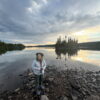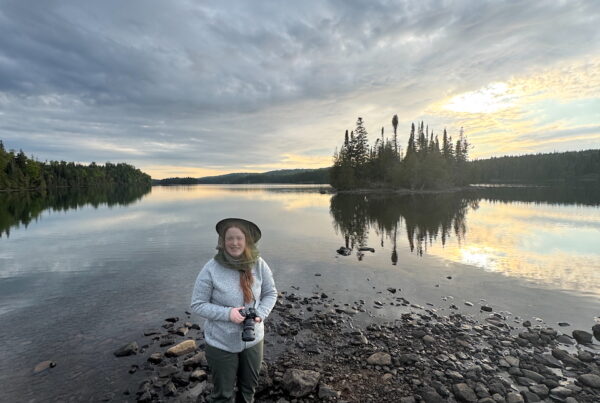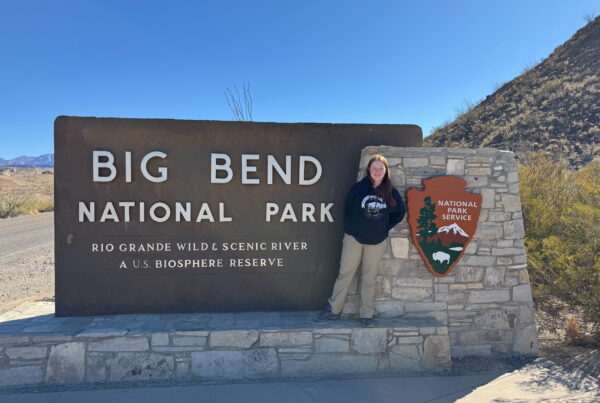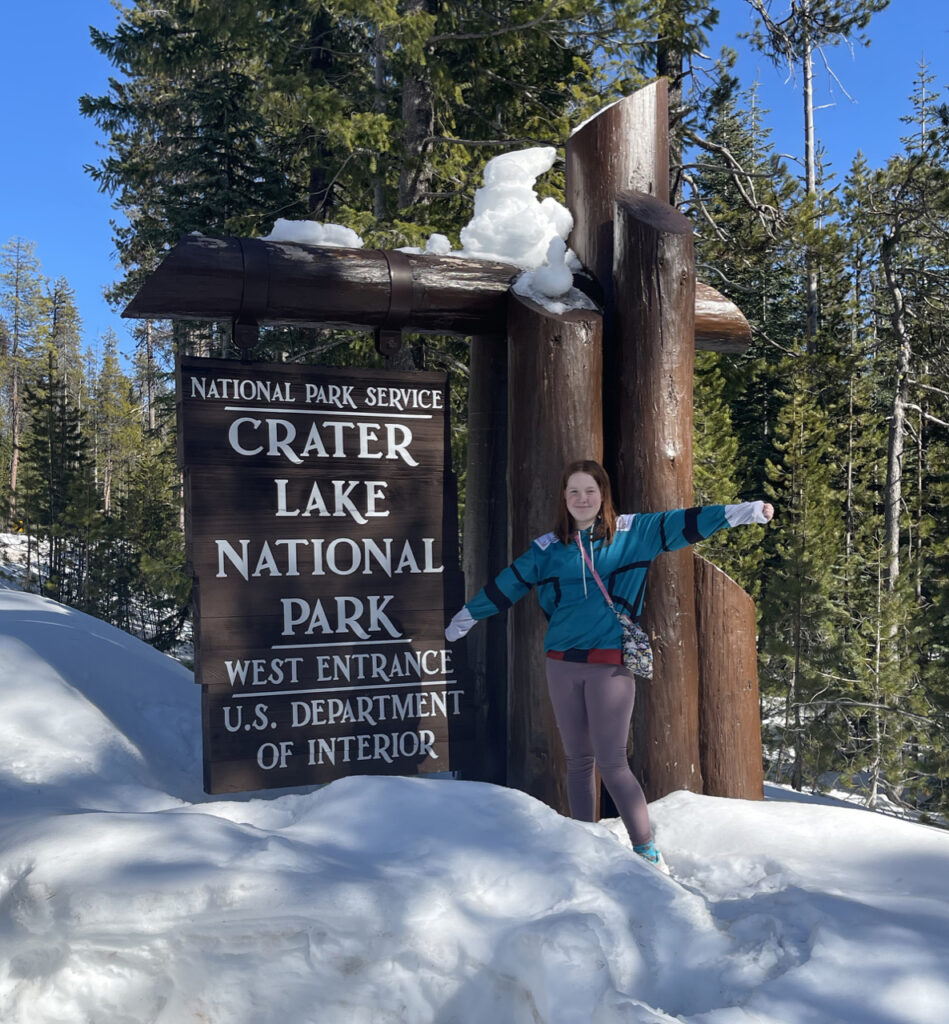
After our mesmerizing visit to Big Sur, we ventured north to south-central Oregon, where Crater Lake National Park awaited us. Established by Theodore Roosevelt in 1902, this park stands as the 5th national park in the U.S., making it one of the nation’s oldest. The story of how this stunning landscape was preserved is as captivating as the park itself.
Native Americans have been part of Crater Lake’s history for centuries, long before it was even a lake. In 1853, the first European settlers arrived, primarily in search of gold, and largely overlooked the area. It wasn’t until 1870 that William Gladstone Steel, captivated by the beauty of the lake, dedicated himself to its exploration and protection. He spearheaded the initial expeditions that provided us with much of the knowledge we have today.
Originally, the site of the park was a towering volcano named Mount Mazama, which stood about 12,000 feet tall. Approximately 6,000 to 7,000 years ago, a massive eruption caused the mountain to collapse inward, creating the caldera that holds Crater Lake. Subsequent eruptions, now confined within the caldera, formed what is known as Wizard Island. Over time, with the cessation of volcanic activity, the caldera filled with water from rain and snowmelt, forming what we now see as Crater Lake.

This pristine lake, 1,949 feet deep, is the deepest in the United States and ranks as the ninth deepest in the world. The caldera spans approximately 5 miles by 6 miles and is situated between elevations of 7,000 to 8,000 feet. Interestingly, the lake is replenished solely by precipitation, with its entire volume cycling every 250 years through processes of evaporation and seepage.
The climate here varies dramatically with the seasons. Summers are generally warm and can be dry, although nighttime snow is not uncommon. Winters, on the other hand, are bitterly cold and snowy, with average snowfalls surpassing 505 inches. Most of the snow typically doesn’t melt until late June or July. Despite its depth, the lake rarely freezes, with surface temperatures ranging from 33 °F to 66 °F.
Access during winter is notably restricted due to heavy snowfall. Roads are closed, transforming the area into a haven for snowshoeing and cross-country skiing. The North Entrance and Rim Drive are completely shut, leaving only Route 62 and the south entrance to the park headquarters open. Even the short drive to Rim Village is subject to closures depending on snow conditions.

During our trip, we opted to stay in Medford, Oregon, about an hour from the park’s border and an additional 30 minutes from Rim Village. Medford offered the conveniences of shopping, hotels, and reliable internet and cell service, essential since I had to work and my daughter, Cami, needed to attend her classes. While summer might have allowed for camping within the park, the harsh winter conditions made our choice clear.
Entering the park was like stepping into another world. We moved from mild temperatures in the 50s and 60s with no snow in sight, to below-freezing conditions surrounded by over 10 feet of snow. Crater Lake is notorious for its localized weather patterns—something we experienced first-hand.
Each day, we ventured into the park by early afternoon, hiking atop the massive snowpack and exploring as far as we could on foot. I captured the sunset before we trekked back down in the dark, ending our days with a hearty meal after a long drive back to Medford. The park service provides a webcam that helps visitors check if the crater is visible, a useful tool given how quickly the weather can change.
On our last night, we witnessed an incredible scene as clouds swiftly enveloped the crater, obscuring our view within minutes—a mesmerizing display of nature’s power, yet a signal for us to head back before conditions worsened.
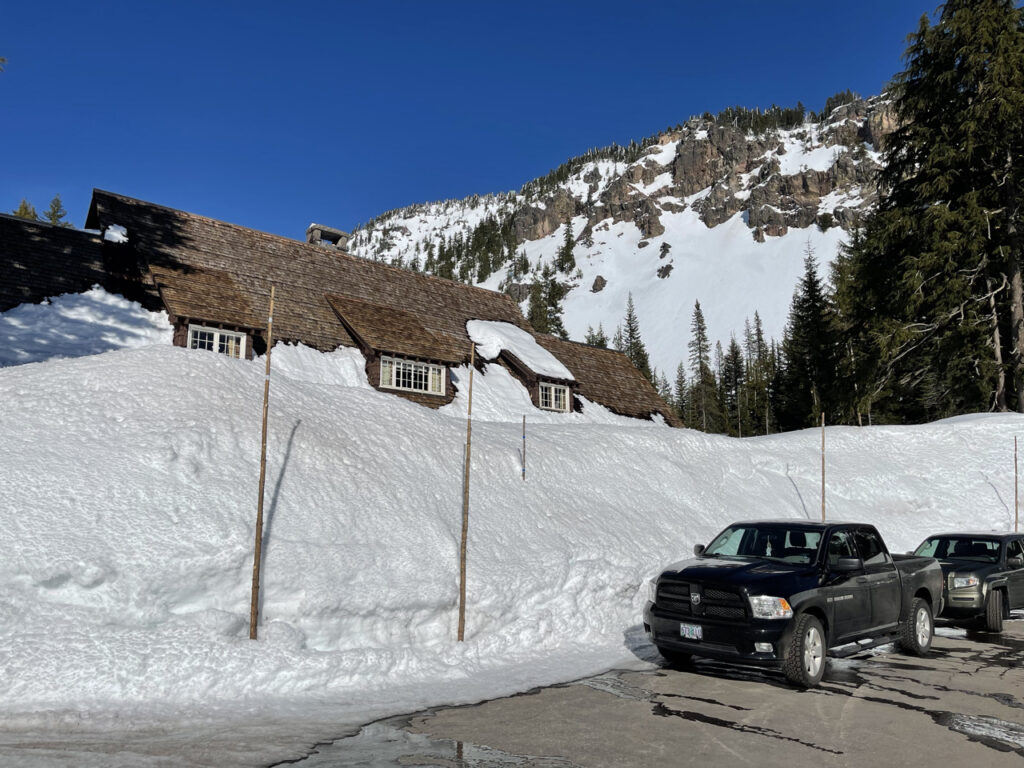
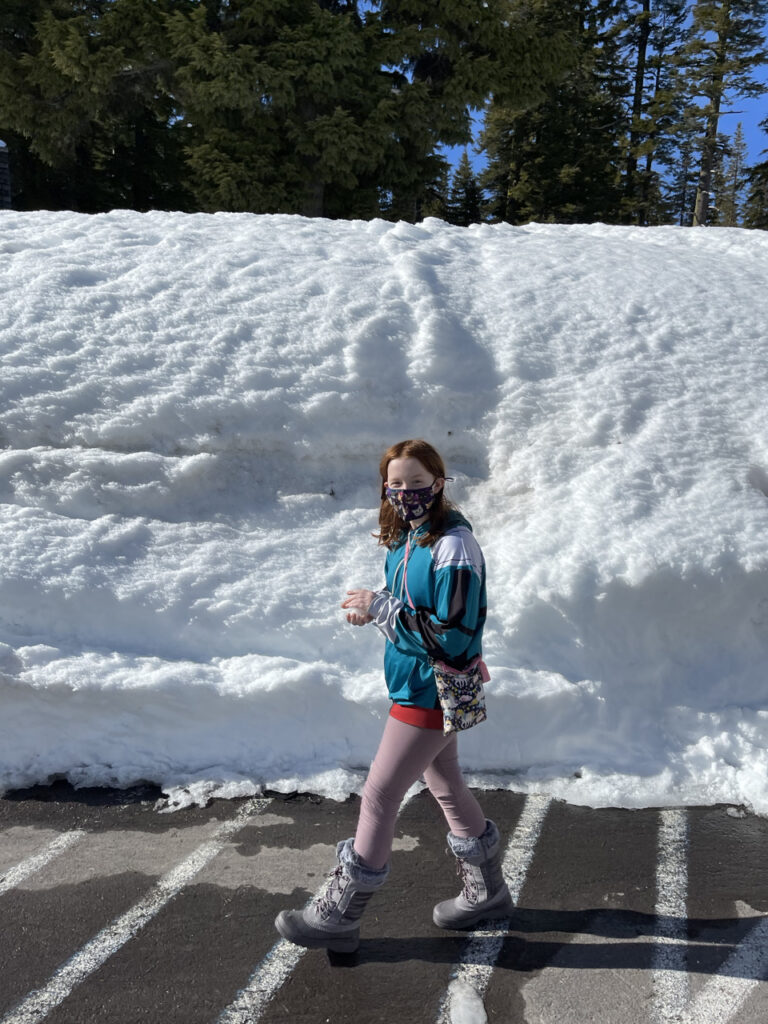
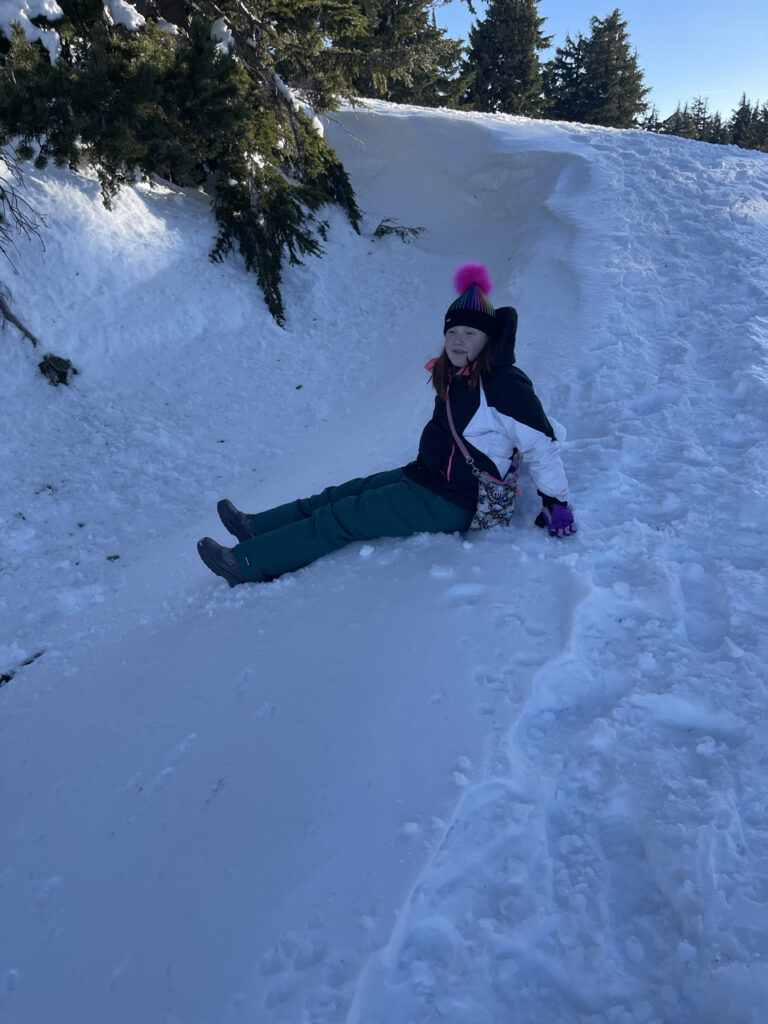


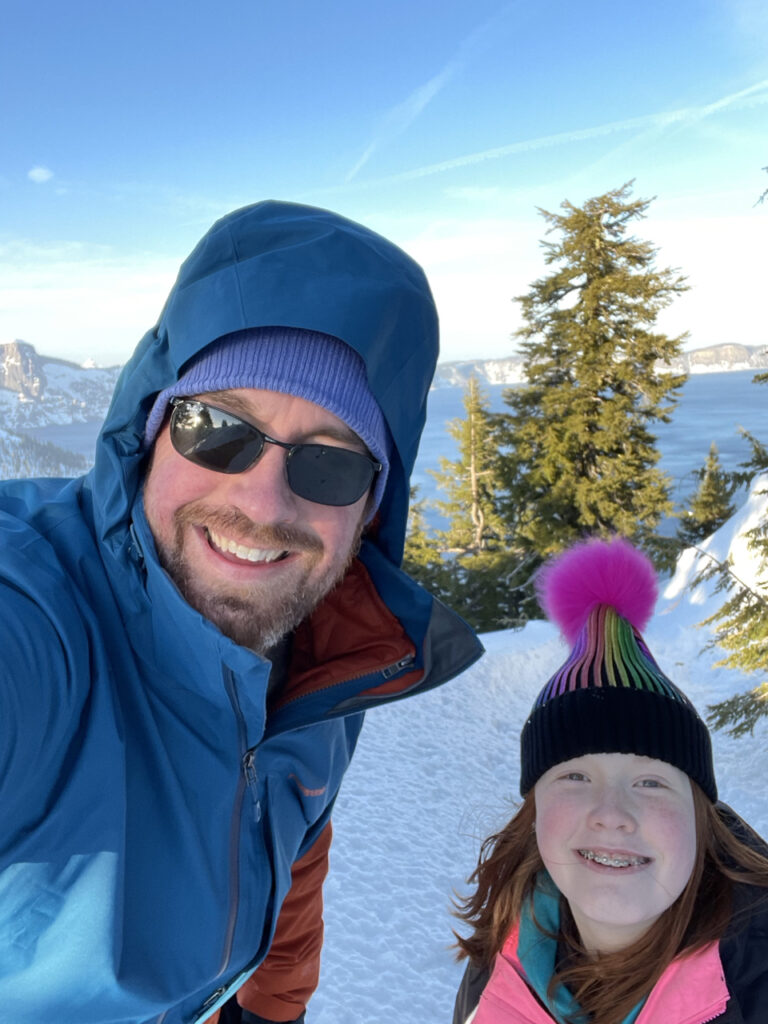
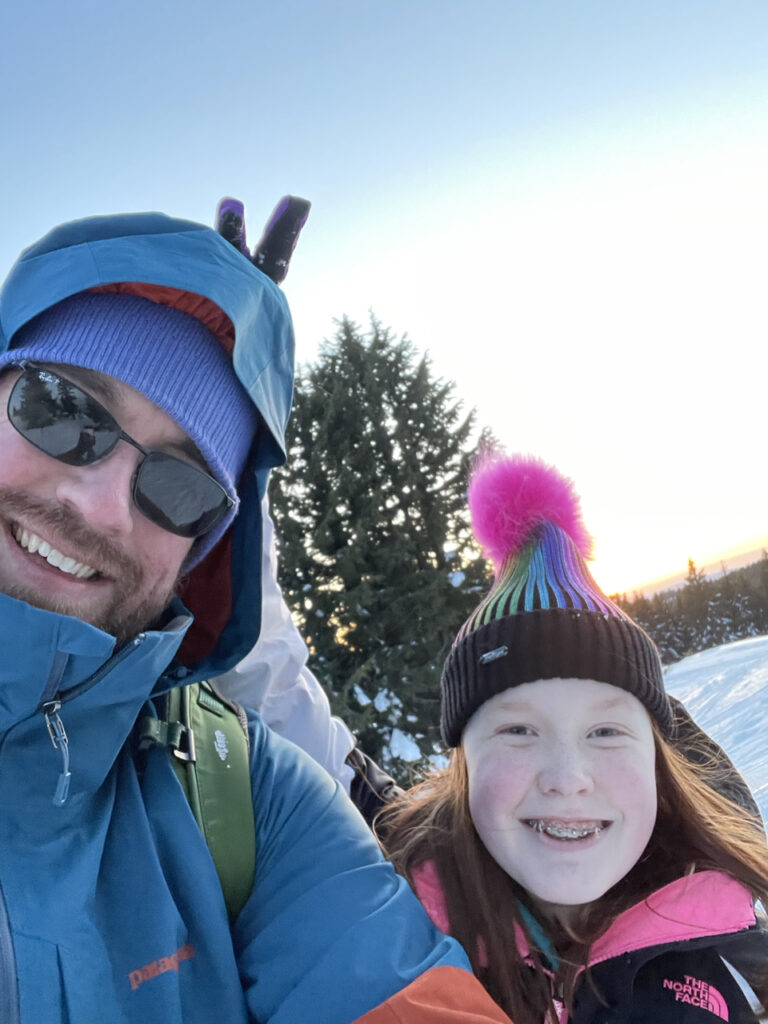

Cami, who harbors a deep love for snowy landscapes, was the driving force behind our winter visit to Crater Lake. While I cherished the winter scenery, I’m eager to return in late summer or early September, when the roads reopen and we can explore the entire rim. Another adventure awaits for our revisit list!




